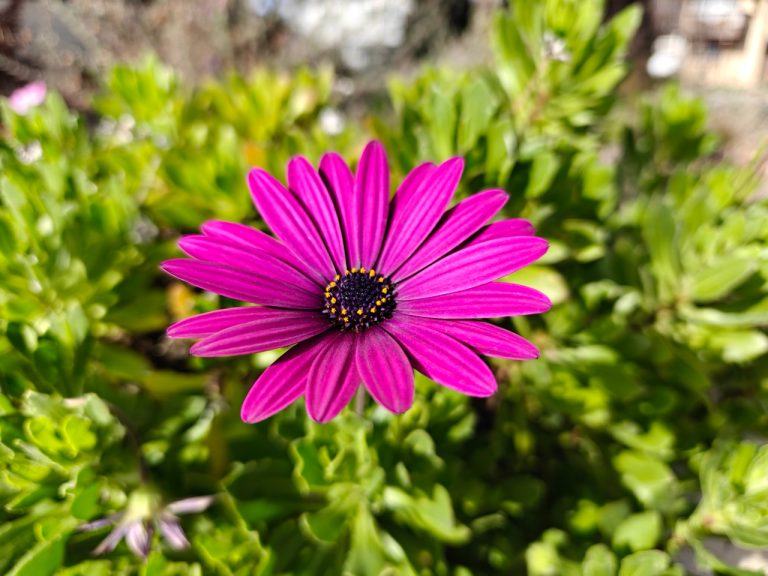OnePlus 13
The OnePlus 13 is a top-performing phone with a great camera and stunning screen. But is it worth its price?
Pros
- Great design
- Top-tier performance
- Excellent camera
- Stunning display
- IP69 water-resistance
Cons
- Camera can struggle in some challenging scenarios
OnePlus is taking back its reputation of offering so-called “flagship killer” phones that offer top-end specs at mid-range prices. Last year, the OnePlus 12 offered similar specifications to other flagship phones, but at a lower price. Now, however, it’s taking things to a new level. For the OnePlus 13, OnePlus doesn’t just want to match competitors specs at a lower price — but it wants to do so while offering more features.
Chief among those is the IP69 support, which makes the phone more durable, at least in some ways, than pretty much any other smartphone out there.
But making a phone more durable isn’t necessarily enough. A device still has to offer a competitive camera, while performing well and boasting a decent software experience. Does the OnePlus 13 improve over the OnePlus 12 to make it a compelling choice, or should you spend more for something else?
OnePlus 13 specs
| Dimensions | 6.41 x 3.01 x 0.35 inches |
| IP rating | IP69 |
| Display resolution | 1440 x 3168 pixels |
| Display size | 6.82 inches |
| Display type | LTPO AMOLED |
| Display refresh rate | 1-120Hz |
| Display brightness | 1600 nits typical, 4500 nits peak |
| Chipset | Qualcomm Snapdragon 8 Elite |
| Memory | 12GB, 16GB |
| Storage | 256GB, 512GB |
| Rear cameras | Wide: 50MP, f/1.6, OIS Ultrawide: 50MP, f/2.05, 120-degree Telephoto: 50MP, f/2.65, 3x optical zoom |
| Video | 8K 30fps, 4K 60fps, slow-motion 1080p 240fps or 720p at 240fps |
| Front camera | 32MP, f/2.45 |
| Ports | USB-C 3.2 |
| Battery size | 6,000mAh |
| Charging | 80W wired, 50W wireless, |
| Connectivity | Bluetooth 5.4, Wi-Fi 7, 5G |
| Colors | Midnight Ocean, Arctic Dawn, Black Eclipse |
| Price | $899.99 |
A premium look and feel
The OnePlus 13 doesn’t necessarily stray completely from the previous-gen OnePlus 12 in terms of design, but it does change things enough to still look a little better, and feel a little more premium. Like other phones from parent company Oppo, the OnePlus 13 keeps the big round camera module on the back, but it’s less prominent than before, and I really don’t mind it.
Part of that has to do with how great the rest of the phone looks, especially in the Midnight Ocean color. Midnight Ocean has a vegan leather back on it, and it looks and feels excellent. Seriously, this is the color to get for the OnePlus 13 series.

There are other design tweaks too. On the front of the device, you’ll get a flat display, which I much prefer to the curved screen on offer by previous OnePlus phones. The glass itself still curves a little around the edges, blending into the frame. OnePlus calls this approach “quad-curved” glass, and while it looks nice, I still prefer a true flat front.
The phone has the beloved ringer switch on the left side along with a USB-C port on the bottom. You’ll also find a volume rocker and power button on the right edge.
Perhaps the headline design change for the OnePlus 13 has nothing to do with the look, though. Instead, it has to do with the fact that, as OnePlus notes, the device has both IP68 and IP69 waterproofing. There’s a reason for supporting both — IP68 waterproofing means the phone can be submerged in up to 1.5 meters of water for up to 30 minutes, while IP69 means that it can withstand 80-degree water jets from four directions. The result? According to OnePlus, the phone can be put inside a dishwasher. Or, perhaps more helpful, it should survive a trip in the washing machine.
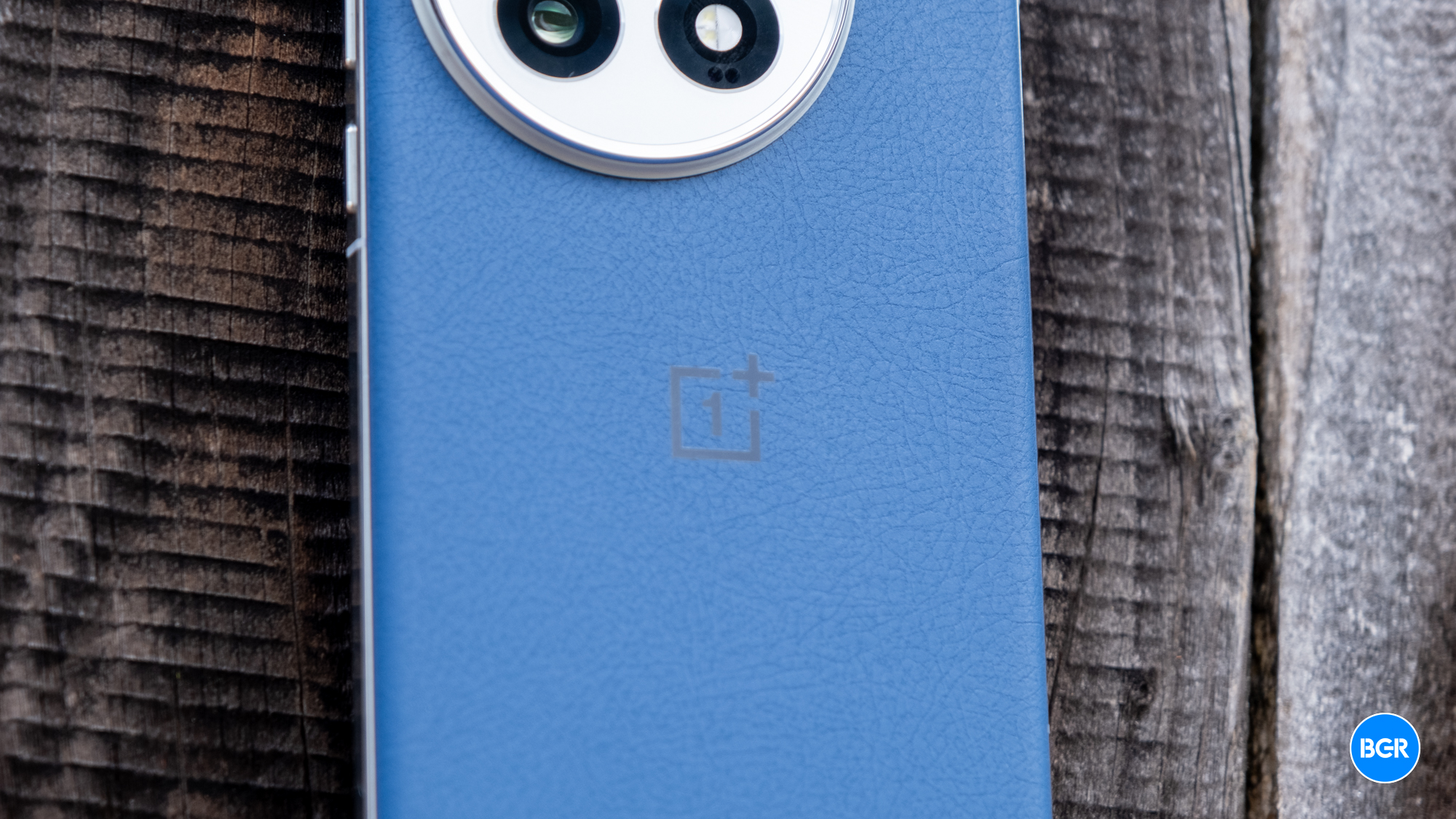
Now, to be fair, I don’t think most users will actually push the limits of the phone’s durability on a regular basis. But if you are someone who forgets your phone in your pocket before you do a load of laundry, it could come in handy. For others, it’s simply peace of mind — the device is more durable, and as a result, should last longer.
A stunning, bright display
The screen on the OnePlus 13 is excellent — unsurprisingly so, considering how great the display on the OnePlus 12 was. The display sits in at 6.82 inches, with a 3168 x 1440 resolution. It’s an LTPO OLED display that can range in refresh rate from 1Hz to 120Hz, and has a peak brightness of 4500 nits.
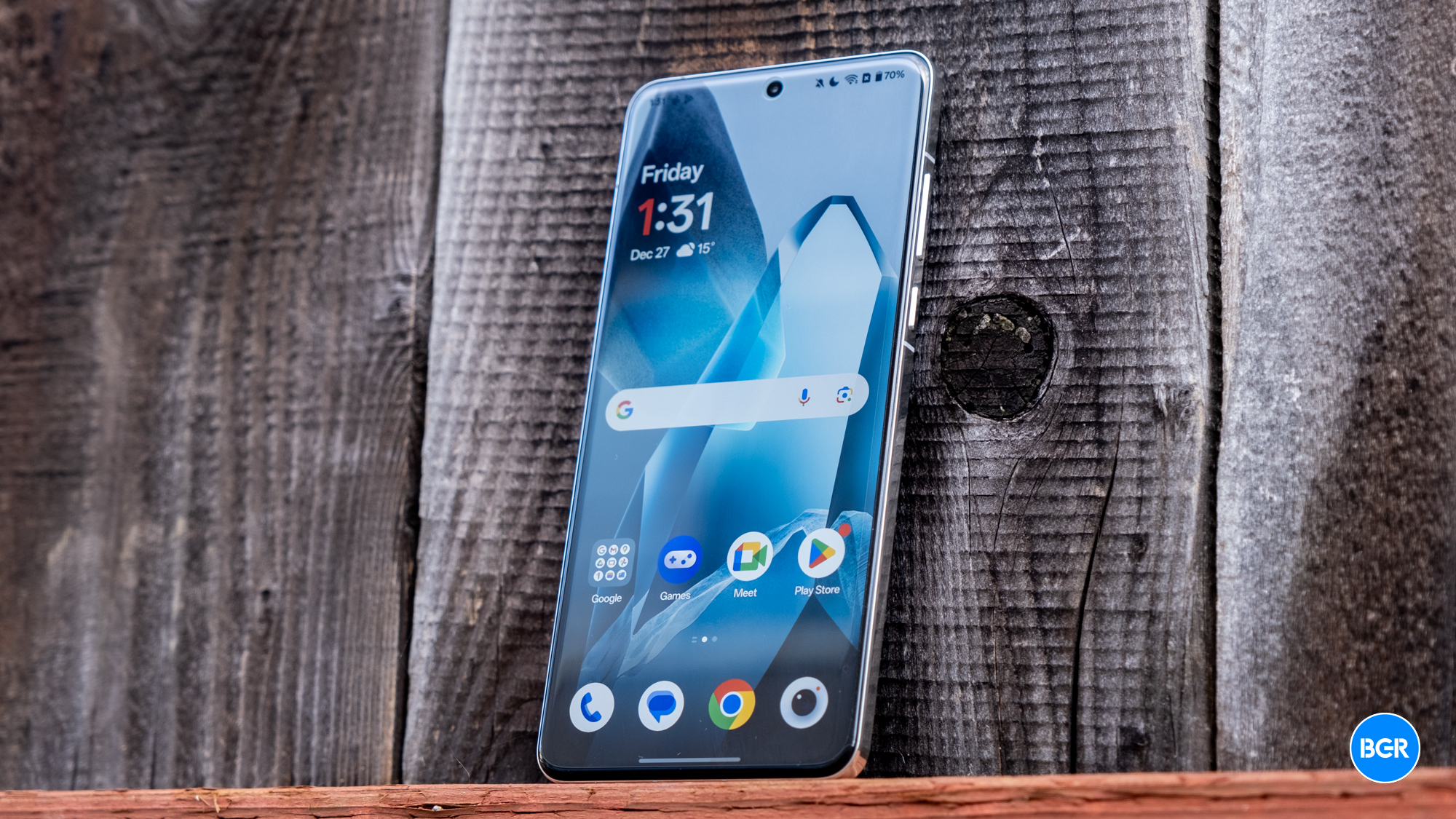
OnePlus is quick to tout the device’s A++ DisplayMate rating, but regardless of ratings or awards, it is indeed a stunning screen. It’s easily bright enough to be visible outdoors in direct sunlight, and colors are vibrant and realistic. The screen also supports OnePlus’ Aqua Touch 2.0 technology, which allows you to tap the screen with wet hands, and there’s a Glove Mode, where the screen can register touches through gloves up to 0.5cm thick.
Under the screen is a new ultrasonic fingerprint sensor, which replaces the optical sensor on offer by the OnePlus 12. The sensor worked fine, though it did seem to fail a little more than I would have liked, and it wasn’t necessarily the quickest sensor out there. Still, again, it worked fine most of the time.
Top-tier performance
Under the hood, the OnePlus 13 is one of the first devices to offer the Qualcomm Snapdragon 8 Elite processor, which is coupled with either 8GB or 12GB of RAM. In other words, it’s one of the better-performing phones out there.
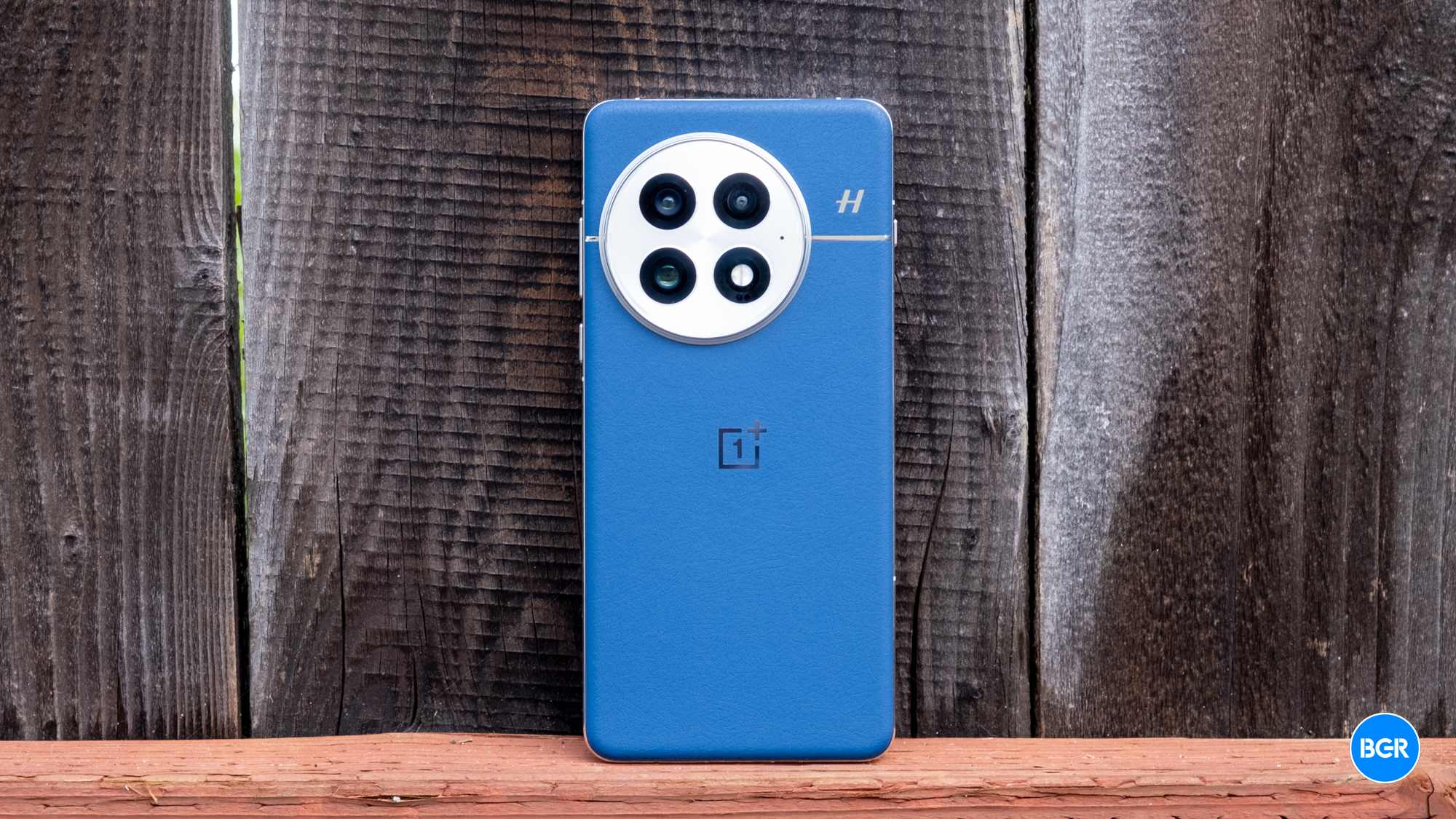
Indeed, I found the phone to perform excellently in all situations. The device quickly loaded games and breezed through even heavy multitasking.
It’s starting to feel less and less important to talk about the performance of flagship phones. All of them can handle everything you can throw at them in whatever year they come out. Over time, the device will start to slow, but the OnePlus 13 seems to offer enough headroom to ensure that it’ll perform very well for at least a few years before any lag starts to be introduced.
Long-lasting battery and fast charging
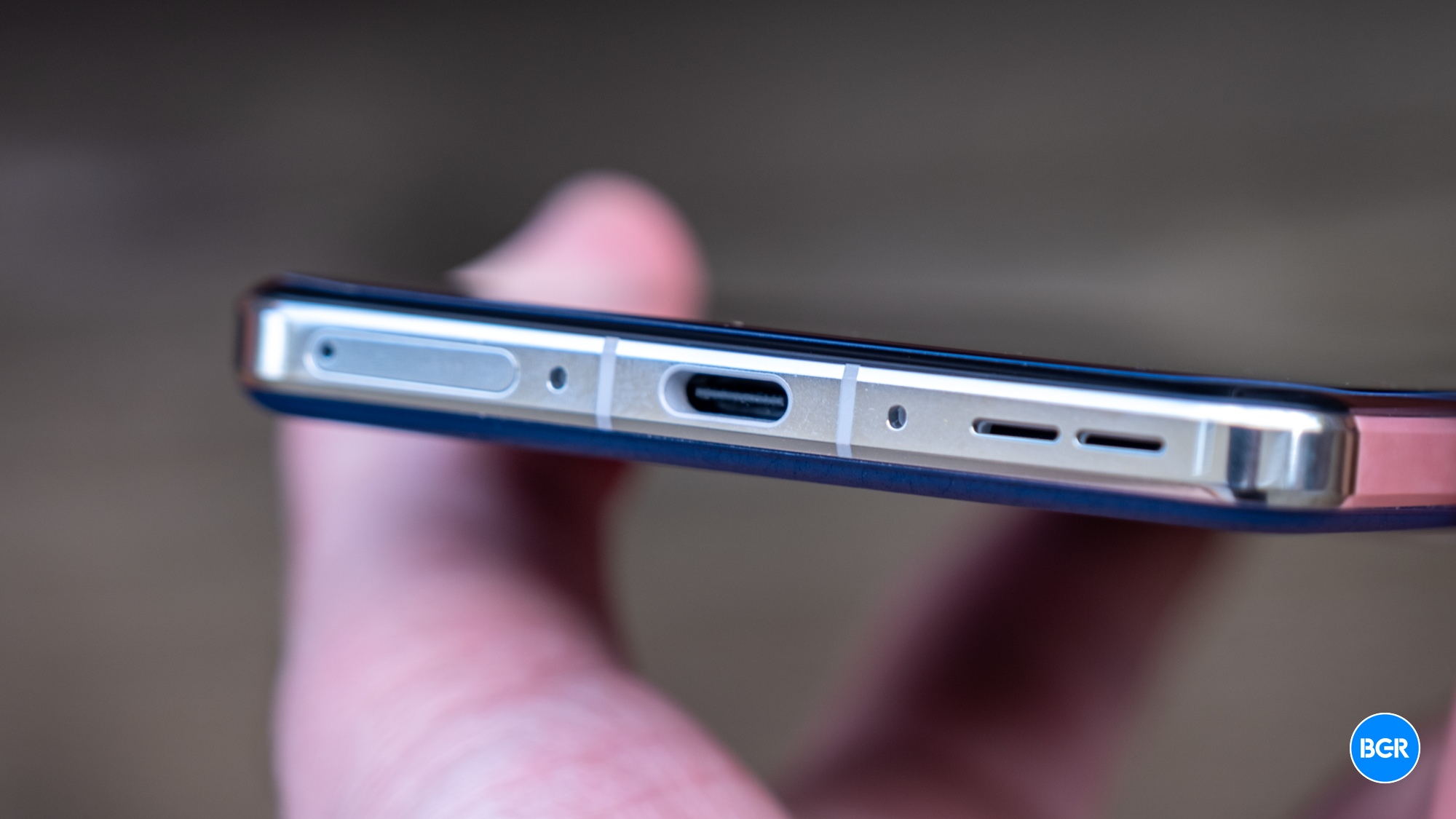
The OnePlus 13 has a 6,000mAh battery, and I found that it was easily able to get me through a full day of use, and then some, on a full charge. The battery is a so-called Silicon NanoStack battery, which OnePlus says allows it to pack a higher-density battery into less space — helpful for offering a long-lasting battery in a device that’s still relatively thin and light. I still found that it wasn’t able to last quite as long as some other top-tier devices, like the Samsung Galaxy S24 Ultra, but again, you’ll easily get a full day of use, and if you charge at night, you’ll have no problems with battery life.
It supports some pretty fancy charging tech too. The phone offers wired charging of up to a massive 80W with the included charger, plus it supports wireless charging of up to 50W, with the OnePlus’ AirVooc 50W magnetic charger.
That’s right, the phone works with a magnetic charger. So it supports Qi2, right? Well, not exactly.
The device itself doesn’t support Qi2 magnetically, but with one of OnePlus’ cases, you can add the magnets needed for Qi2. I wish that the phone itself supported the tech, but maybe next year. For now, if you want magnetic support, you’ll need the right cases.
A top-tier camera
On the back of the OnePlus 13, you’ll find a triple camera array made up of a 50-megapixel main camera, a 50-megapixel ultrawide camera with a 120-degree field-of-view, and a 50-megapixel telephoto camera with 3x optical zoom. The fourth little circle you see in the camera module is the flash combined with the LDAF sensor for autofocus.
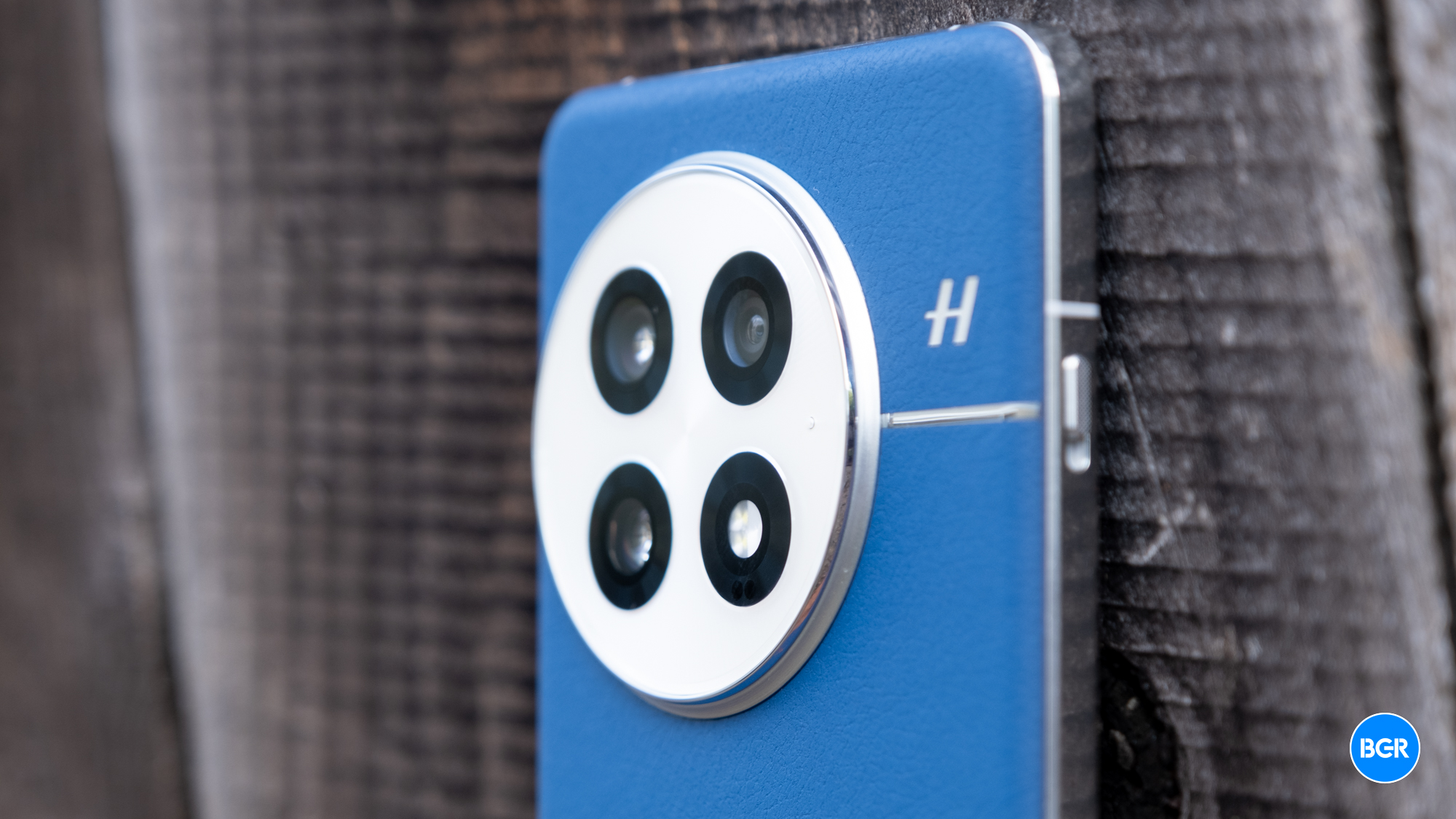
The camera system is the fifth-generation OnePlus Hasselblad camera, and indeed, it looks excellent. Colors pop, while details are sharp and crisp. In pretty much every situation I could throw at the camera, it excelled, capturing great shots.
The telephoto camera offers OnePlus’ new so-called Triprism telephoto lens, which shrinks down the tech needed for a telephoto camera. OnePlus says the lens is 24% smaller and 30% lighter than a traditional periscope lens. I do wish that it had a stronger optical zoom though — at a 3x equivalent, it can’t zoom optically quite as far as some others, like the iPhone 16 Pro, which supports 5x optical zoom.
That said, OnePlus is getting around this a little with AI, which it’s using to sharpen up images with digital zoom. The tech actually works very well — sure you can usually still tell when digital zoom has been used, at least at particularly high levels of zoom, but images are far more detailed than most of the competition. And, you likely won’t be able to tell that there’s digital zoom at all at lower levels, like 6x or 7x.
There are other handy AI-powered features on offer too. For example, the phone features OnePlus’ Clear Burst feature that’s designed to capture ultra-detailed shots even in quick succession. And, there’s the Action Mode feature that steps up the shutter speed to capture details from fast-moving subjects.
The phone was able to capture relatively bright low-light shots, however I did find that there was often some blur in those shots. That was a little disappointing to see, and to be clear, it wasn’t all the time in low-light shots. But, it was enough to be a little annoying. You’ll just have to do your best to stay steady when you hold your phone.
As you would expect, there are some AI features that could help make images turn out better than they otherwise would. Notably, there’s an AI unblur feature that’s billed as being able to unblur photos, and it worked decently well, though skin seemed to smoothen quite a bit as a result. There’s also an AI reflection removal tool for removing reflections, for example, from when shooting through a window. One of the best things about these features is that they’re usable on any photo you happen to have in your library — not just those taken with the phone itself.
All of the features, in general, combine into a camera system that’s very impressive, and even if you didn’t explicitly enable some of these features, you’ll benefit from the great cameras. As with any smartphone camera, you can push the device to its limits — technically, the phone supports zoom at up to 120x, but shooting at 120x will yield near-unusable images. But in all but the most difficult situations, expect detailed images with stunning color.
Software
The OnePlus 13 ships with OxygenOS 15, the latest and greatest version of OnePlus’ Android skin. It’s based on Android 15, and while, for the most part, it looks and feels like previous versions of OxygenOS, there are a few handy new tricks that can come in handy. Notably, OnePlus says its search tool has been improved with “Intelligent Search,” built to search across files, apps, and so on, using natural language. The tool is able to search through files to get information you might need without the need to open the file itself.
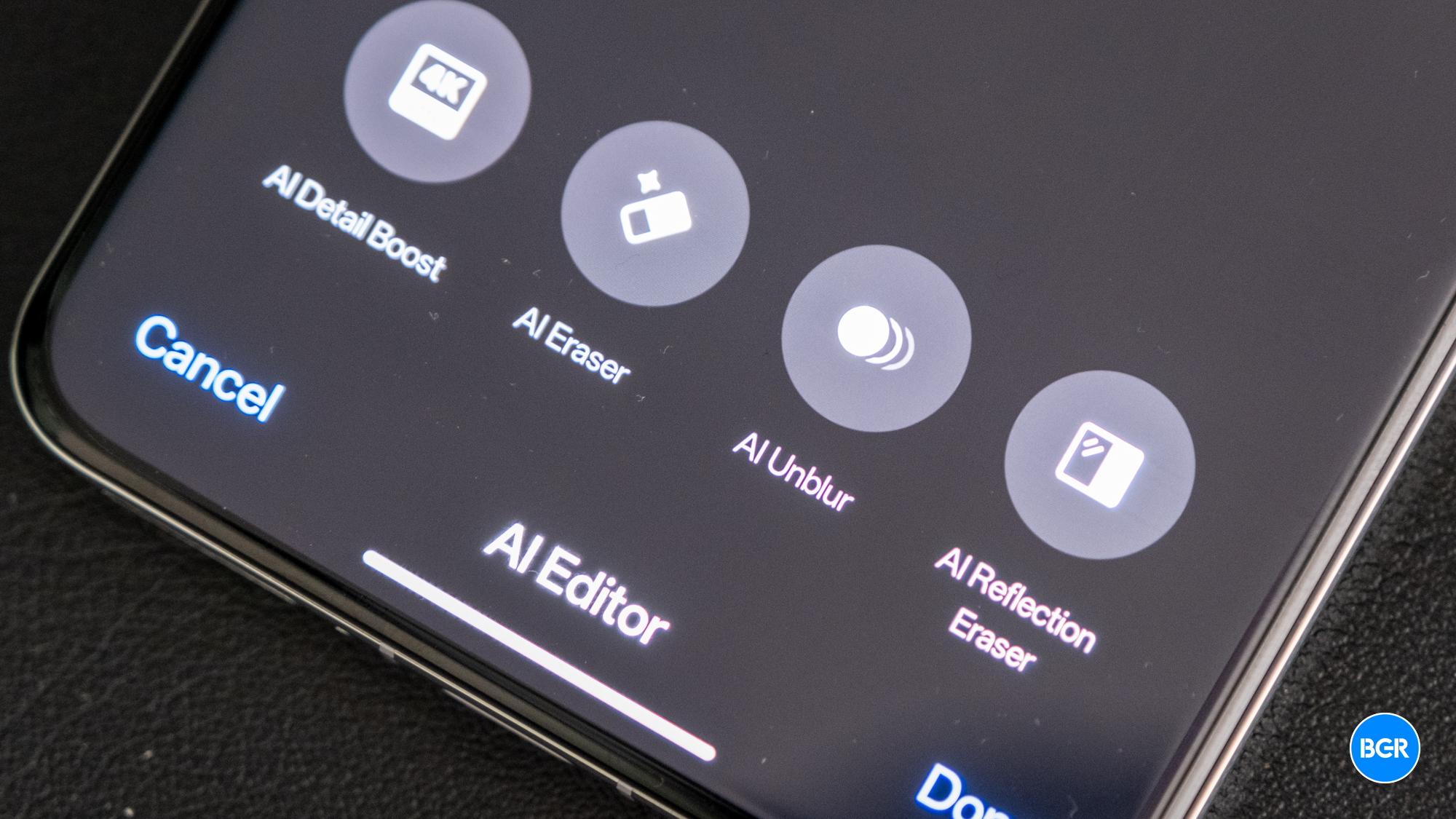
Other new features are also AI-based. There’s an AI Notes feature that can write or rewrite content, support for Circle to Search, and support for Google’s Gemini Live.
OnePlus is promising four years of Android operating system updates and six years of security updates for the OnePlus 13, which isn’t terrible but also isn’t amazing. Google and Samsung both promise seven years for their phones, for example. Still, I’m glad that manufacturers, in general, are improving the number of operating system updates they offer.
Does OxygenOS 15 completely reinvent the wheel? No, but it still looks good and works well. I do still prefer the Pixel experience though. It just looks and feels smoother, plus it eliminates the need for duplicate apps. For example, on the OnePlus 13, you’ll get two “Photos” apps pre-installed — one being Google Photos, and the other being the OnePlus system photos app.
Conclusions
The OnePlus 13 is as good as or better than most flagship phones out there while offering some things that you just can’t get elsewhere. If you’re concerned about durability, then the IP69 water resistance might appeal to you—and rest assured that you won’t be sacrificing things like performance and camera quality. If you’re looking for a flagship Android experience at under $900, this is about as good as you can get right now.
The competition
There’s plenty of competition in the Android phone space at this price point. For starters, there’s the Google Pixel 9 series — with the Pixel 9 Pro being available for $850 at the time of this writing. That’s a great deal, though whether you should go for it depends on your preferences. The OnePlus 13 performs better than the Pixel 9 Pro in raw performance, however I prefer the design of the Pixel 9 Pro, along with the camera and the software. I would go for the Pixel 9 Pro, but you’re hardly losing out by buying the OnePlus 13.
Should I buy the OnePlus 13?
Yes. It’s a great phone at a solid price.


